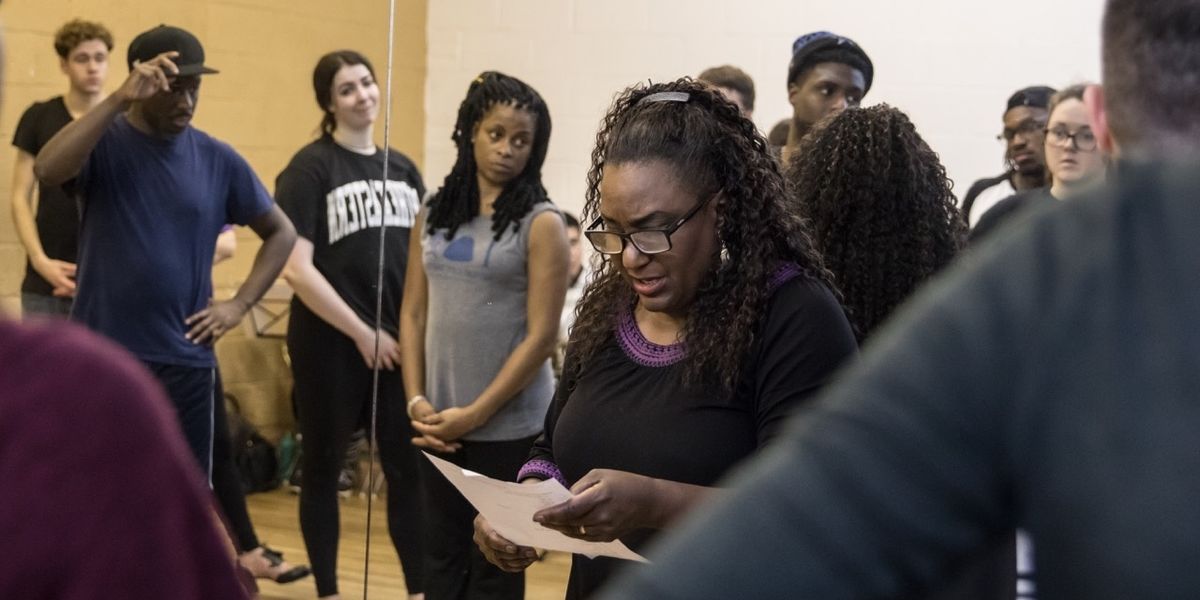How Tap Master Deborah Mitchell Helps Students Release Their Inhibitions
Deborah Mitchell, executive and artistic director of New Jersey Tap Ensemble, shares tools from nearly 30 years of teaching.
Meet dancers where they are.
“Use what you’re given instead of imposing what you know,” says Mitchell, who teaches tap to ages 9 to 80-plus. Your job description may be to teach a certain technique, but she encourages educators to recognize where dancers are coming from and what they already know before creating the lesson plan. “Help them bring out their confidence,” says Mitchell, so they’ll be more open to trying something new.
Transform the space.
Not all dance classes take place in a studio. If you’re teaching in a community center or school classroom, or even virtually, “remind students that this is our special space and we can dance here,” Mitchell says. Transforming spatial limitations into a magical environment will help release students’ inhibitions. “It’s amazing how comfortable people get,” she says.
Target the familiar.
Use relatable imagery, whether it’s shapes, colors or, for tap, sounds. For instance, Mitchell will clap a rhythmic pattern while her younger students face the other direction. Instead of worrying about technique first, the most important thing is what they hear. When dancers respond by tapping the same rhythm she clapped, Mitchell says, “they get the biggest charge.”




